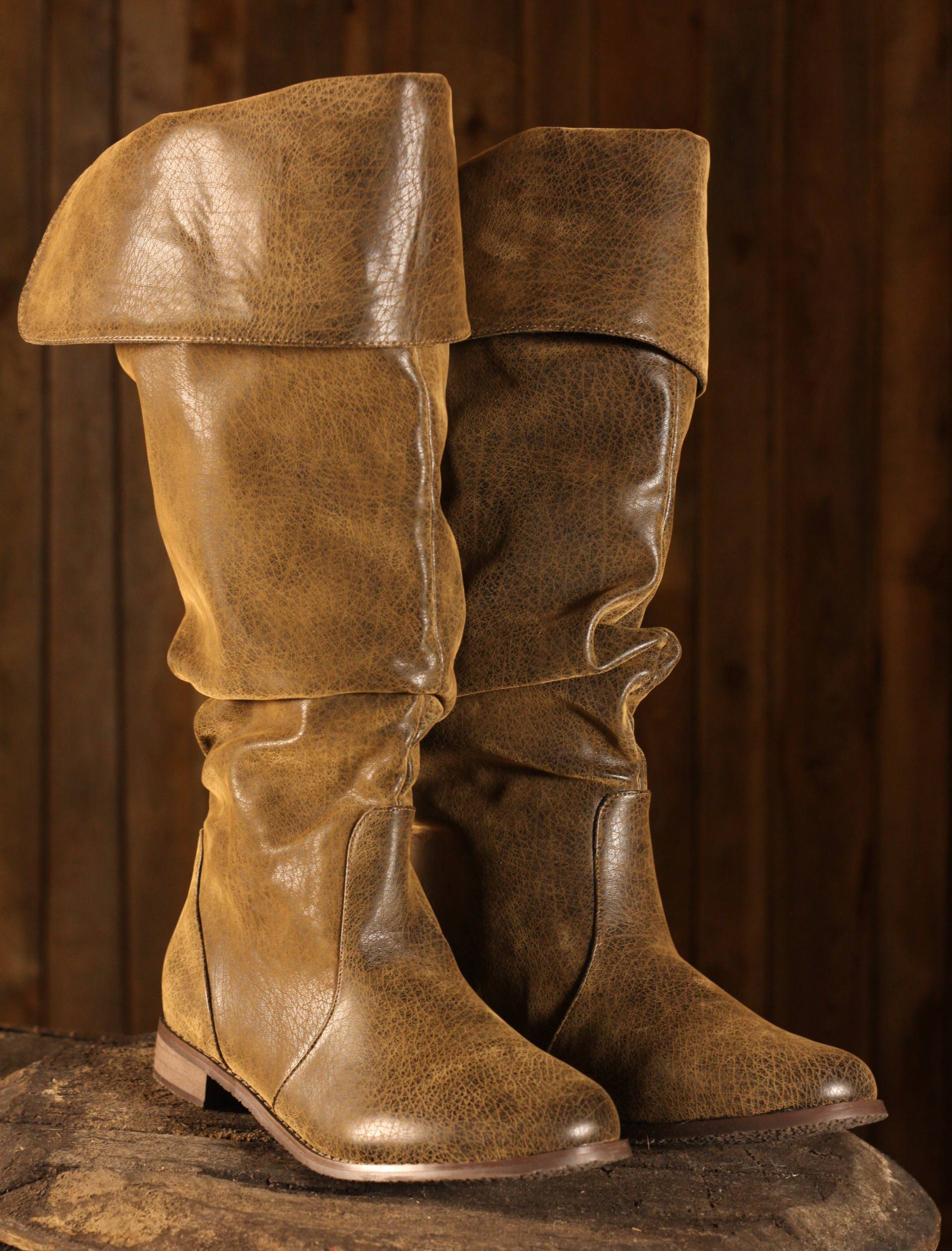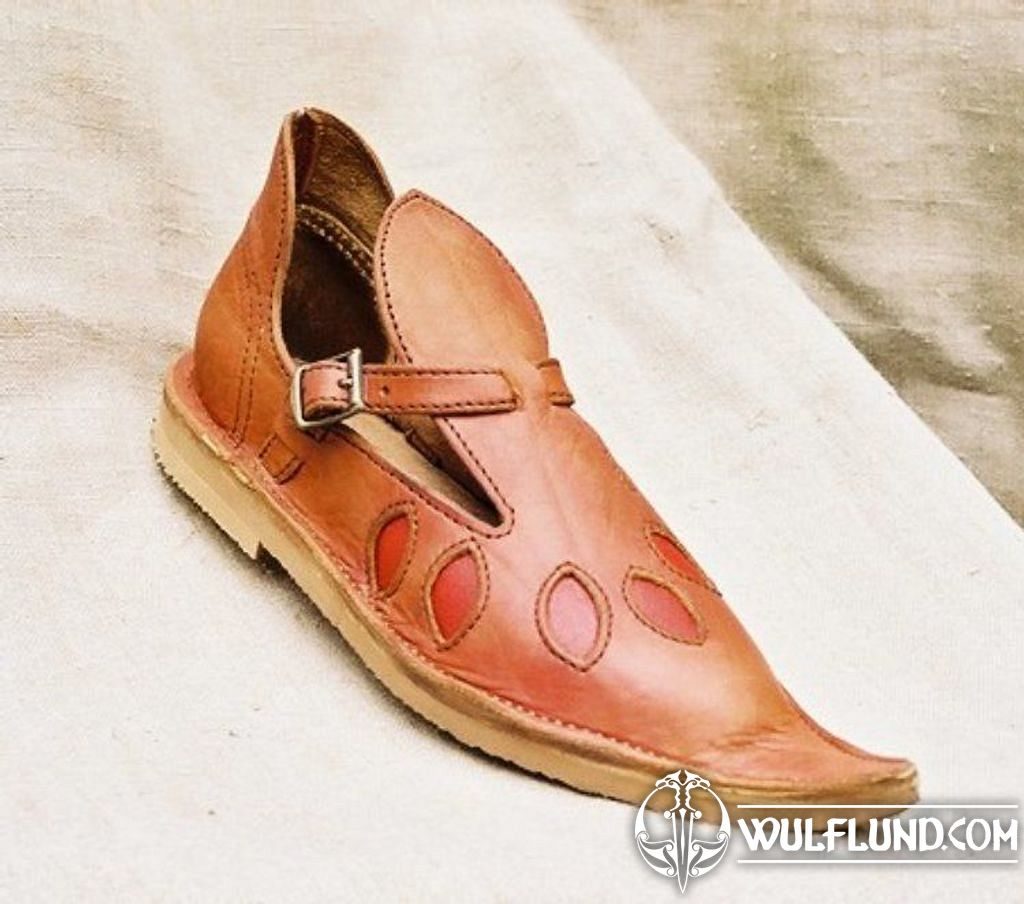

And that is the fun of the unknown, the process of finding the answer. The parts matched up to form the probable remnants of a one-piece shoe, with a pointed-V extension at the heel. Then the lightbulb moment – could it be a shoe? And then everything made sense. The bogey part was the roughly triangular piece – it just did not want to fit. I must admit I had not come across anything like this before and began to shuffle the parts to try and make sense of them. In this case there were about twenty bits in all came out of the bag, but three in particular stood out due to the wavy pattern along the edges which was not repeated on any of the other pieces. In other words, a puzzle.Īs with all puzzles, a good place to start is to lay out the pieces and see if any pattern emerges. No familiar seams or markers, instead a small pile of unfamiliar cuts and pieces. When one of those popped out of the finds bag it was a case of being very well and truly off-piste. Of course, there were the usual suspects, easily identified and familiar, as if to lure one into a sense of complacency which was then regularly shattered by the unfamiliar. It made for an exciting assemblage to work on. The excavations at Drumclay Crannog, near Enniskillen in County Fermanagh yielded an amazing array of early medieval artefacts, some familiar and some very unfamiliar.

In the case of this particular shoe from Drumclay Crannog, the approach is more experimental as some key elements of the original are missing and the reconstruction is necessarily hypothetical. The objective is usually to explore and become familiar with the process of constructing a replica of an original complete artefact. Most of the replicas I make are essentially experimental in nature rather than experimental.

I have been holding this post to co-incide with the Experimental Archaeology conference EAC 10 which is currently underway in Leiden. 20th April 2017 in Uncategorized by John Nicholl


 0 kommentar(er)
0 kommentar(er)
